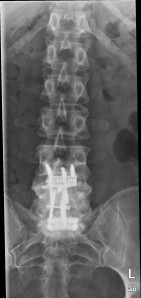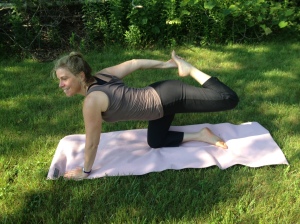Making the Path
Today’s post owes itself to two exquisite poets.
Caminante by Antonio Machado
Caminante, son tus huellas Walker, your footprints are
el camino, y nada más; the road, and nothing more;
caminante, no hay camino, walker, there is no road,
se hace camino al andar. the road is made by walking.
Al andar se hace camino, Walking makes the road,
y al volver la vista atrás And to turn for the view behind
se ve la senda que nunca is to see the path which will never
se ha de pisar. be tread again.
Caminante, no hay camino, Walker, there is no road,
sino estelas en la mar. only the wake on the sea.
That’s my translation, and while it’s certainly not as poetic as Machado’s lyrical Spanish, it expresses the message.
I first came across this poem when I read Miles Horton and Paulo Freire’s book We Make the Road by Walking. Horton paraphrased Machado as a way to express the importance of intentionality and awareness as we live our lives. It’s one of the most inspirational and affirming books I’ve ever read, told by two men who made an enormous difference in the world, both of whom were near the end of long, well-lived lives.
We all mark our lives in a series of milestones. Birthdays, especially the ones that indicate decades, assume a particular significance. Aging itself carries weight; many cultures bestow status upon young people when they have been on the planet for a certain number of years. Civic privileges and responsibilities such as voting, legal independence, and military service are dependent on a person’s age. What would otherwise be arbitrary birthdays (13, 18, 21) take on a level of importance because of the stature determined by a societal norm.
Birth and death are the only universal life cycle events, and humans have honored them throughout history and across the world. Other milestones– coming-of-age ceremonies, marriage, and religious rites–are often recognized or honored as well.
And then there are the unique milestones we achieve in the course of living our lives. What are they, and what makes them meaningful? More than that, what do these milestones contribute to our narrative?
I’ve been thinking about these questions quite a bit this summer. If there were a map of my life, this season would be represented by an amazing series of crossroads and bridges. From this vantage point in the path of my journey, I can see back over five decades. Some of those distant experiences are clear and shining; others are blurred. Looking ahead, I can hope that the view extends the same distance. I choose to believe that I am at the midpoint.
On this part of my map, there are some very flamboyant road signs. One says 50FIFTY50FIFTY50FIFTY50. Or maybe, just maybe, it is identical to every other tiny marker along the way. Maybe it simply says, in all lower-case letters, “today.”
Getting to 50 meant passing 18,250 of those little “today” signs. Like my 50th birthday, each of those days only happened once. And as the path unfolds–as I make the path, all of the upcoming days will only happen once.
The milestones along the way are markers that I placed. Reaching 50, to me, is a chance to pause briefly and be grateful for all of the people and experiences that helped me shape this path.
Another milestone this season is the one that I recognize today. July 18, 2011 was one of my own personal markers. Today is the 2nd anniversary of my third spinal surgery. I’ve written about my back and about the gifts of tolerance, balance, and gratitude that accompanied my injuries, recoveries, and discoveries.

This morning began early, with open-air yoga in an idyllic space on Martha’s Vineyard. Every time I do yoga, I find moments of sheer joy and power. Every time I can achieve a deeper bend, a greater lift, a stronger extension, I am energized. Every time I can become entirely present in my breath, or hold a challenging pose for a few more seconds, I am more alive.

There is no road sign for that type of moment–or is there?
The Summer Day
Mary Oliver
Who made the world?
Who made the swan, and the black bear?
Who made the grasshopper?
This grasshopper, I mean-
the one who has flung herself out of the grass,
the one who is eating sugar out of my hand,
who is moving her jaws back and forth instead of up and down-
who is gazing around with her enormous and complicated eyes.
Now she lifts her pale forearms and thoroughly washes her face.
Now she snaps her wings open, and floats away.
I don’t know exactly what a prayer is.
I do know how to pay attention, how to fall down
into the grass, how to kneel down in the grass,
how to be idle and blessed, how to stroll through the fields,
which is what I have been doing all day.
Tell me, what else should I have done?
Doesn’t everything die at last, and too soon?
Tell me, what is it you plan to do
with your one wild and precious life?
 What can you see in New Haven? Well, I can see this.
What can you see in New Haven? Well, I can see this. This photo was taken one week before the sunset shot above. You can see across the top of the Yale campus and out to Long Island Sound.
This photo was taken one week before the sunset shot above. You can see across the top of the Yale campus and out to Long Island Sound.












